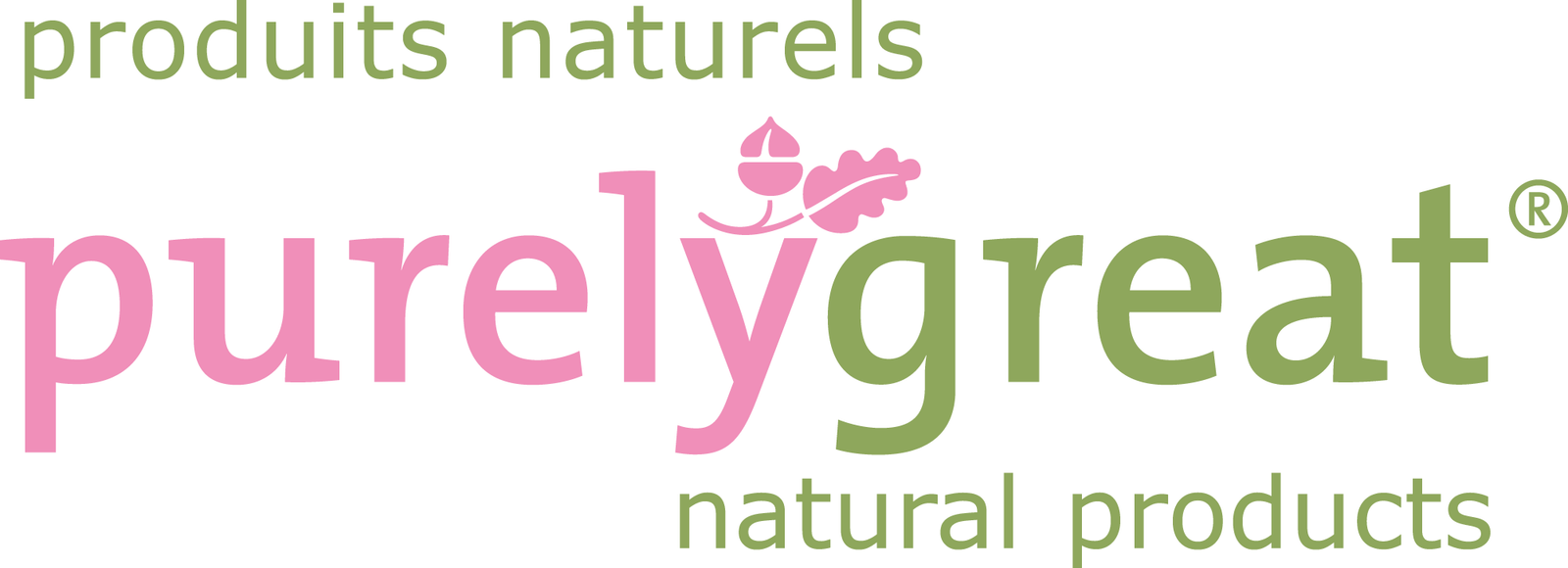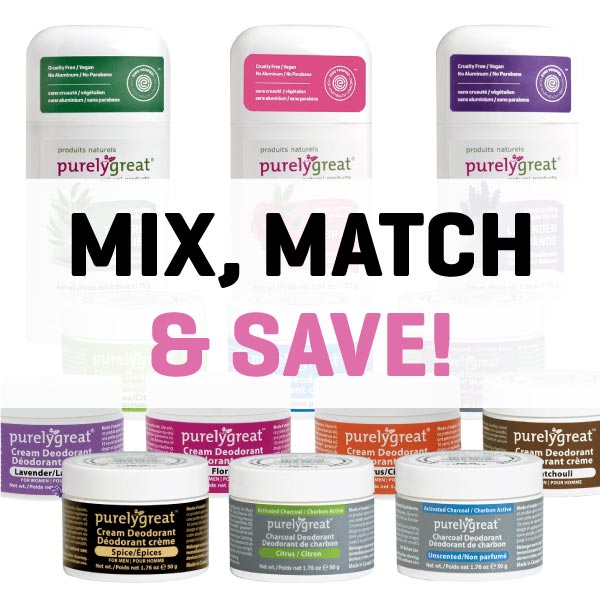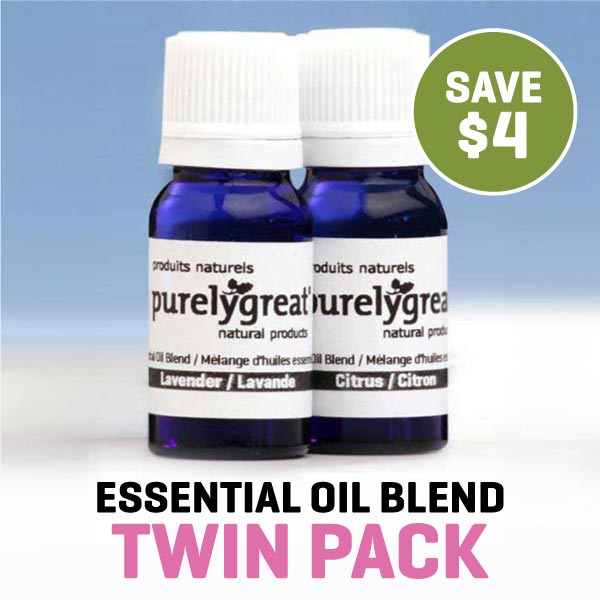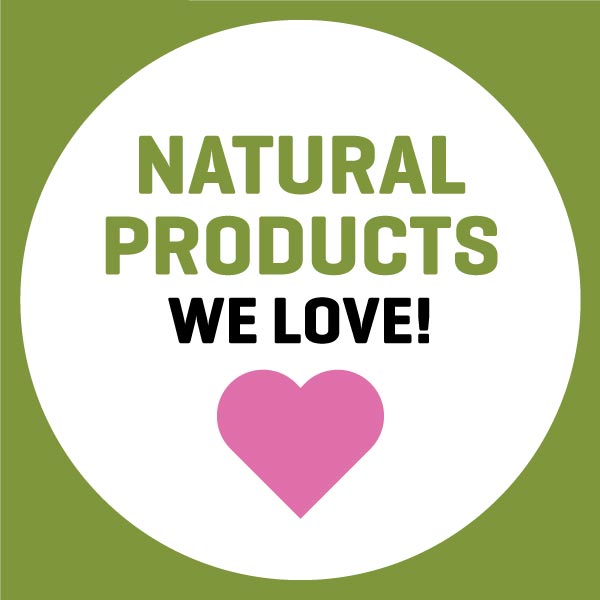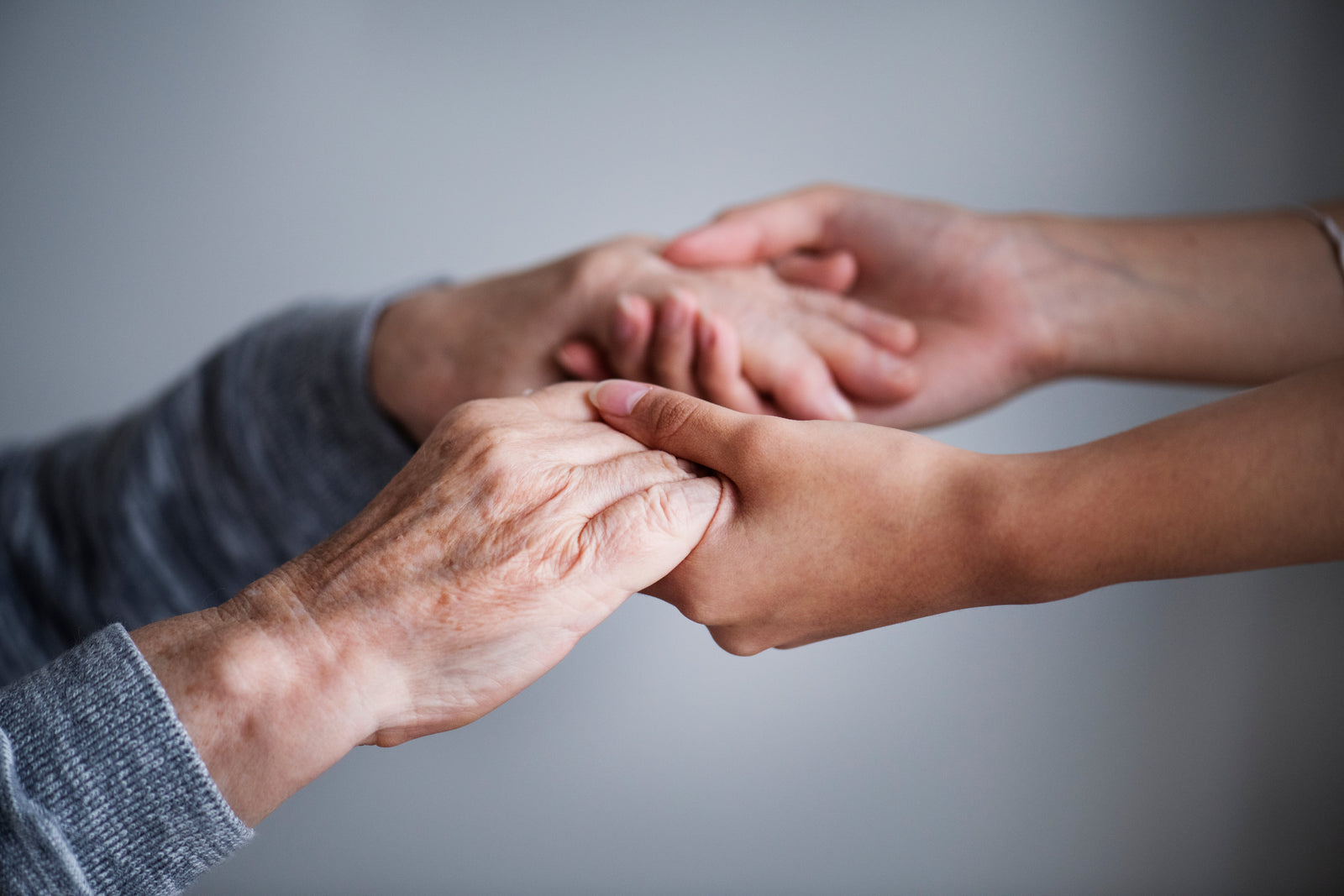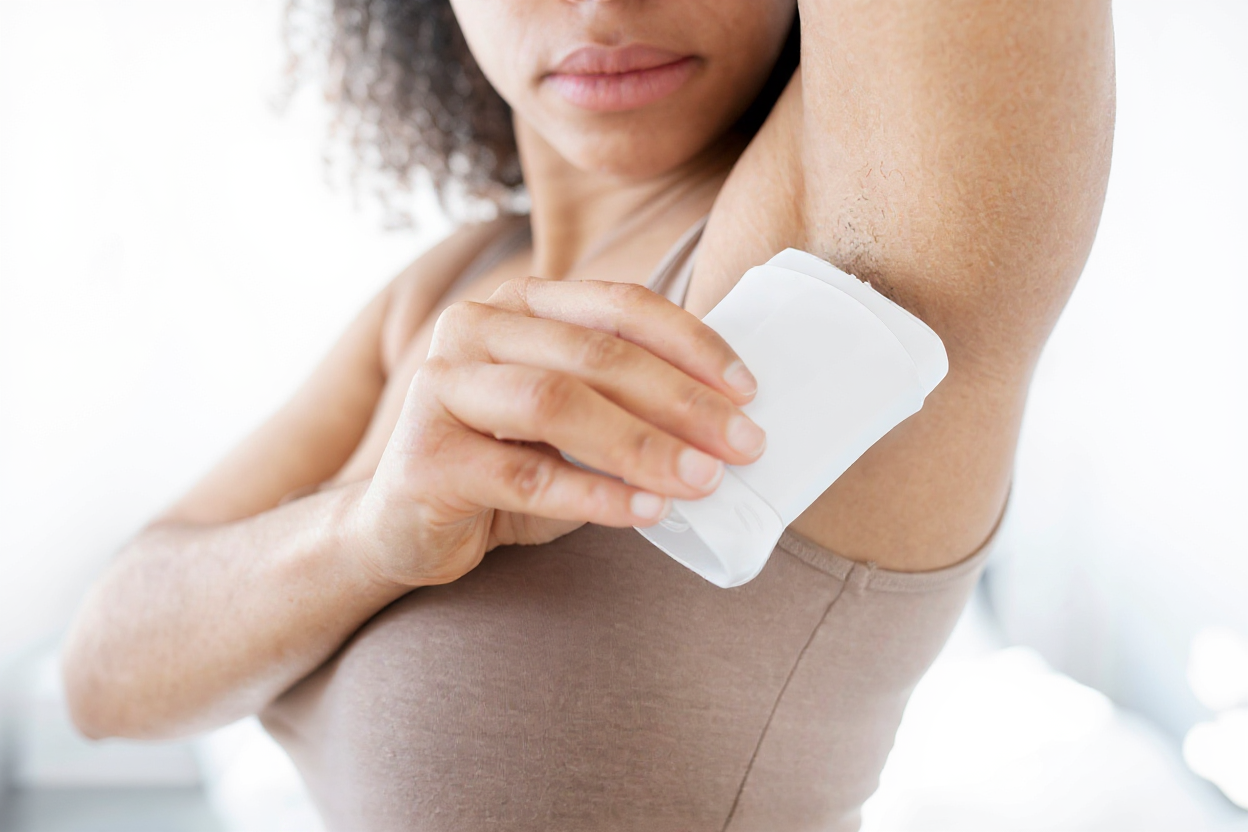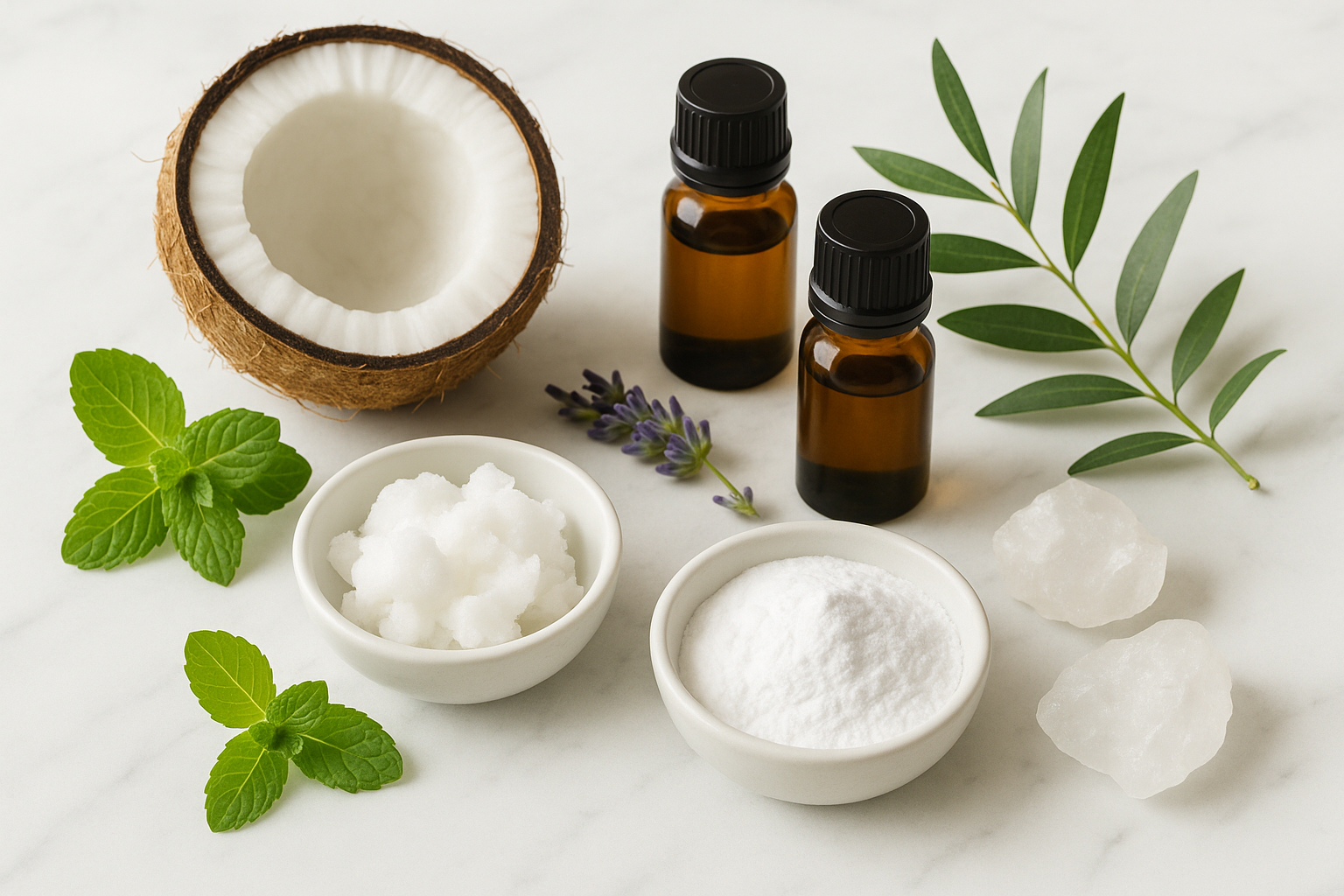It’s autumn again! You know what that means: a crispness to the air, pumpkin spice flavored everything, and road trips to enjoy the changing season. Fall is also when we observe Breast Cancer Awareness Month; since 1985, October has been marked as a month of research, education and fundraising for a cure.
What began as a joint project between the American Cancer Society and a pharmaceutical company is now an internationally observed breast cancer awareness campaign. Women (and men!) who have been affected by breast cancer are celebrated, those who lost the battle are remembered, and the public is educated about breast cancer detection.
But consider this for a minute: each year, in Canada alone, approximately 100 women still die from breast cancer every single week. Breast cancer is the second leading cause of cancer death in women. Of course, screening, early detection and breast cancer awareness are key to diagnosis and treatment.
But what if you could do more to prevent breast cancer? What if you could protect yourself against the disease? To protect your family, your daughters? Research has found that this is actually a possibility. It’s been shown that there are chemicals and toxins in the products we use every day which can increase the risk of cancer. These are called carcinogens, and by eliminating these poisons, you can greatly reduce your risk of breast cancer.
If you’re already considering Purelygreat, we applaud you! You’re doing your research, and are aware that some of the chemicals in drugstore cosmetics are unsafe. But do you know why? What’s so bad about triclosan, anyway?
Here are just a few of the products you should consider avoiding. Take a look at these chemicals which are proven to be dangerous, then read on to find out how you can choose alternatives.
Anti-Aging Products
There are chemicals used in some anti-aging products which have been specifically linked to health problems in women. This chemical compound is called polytetrafluoroethylene – it’s difficult to pronounce, but chemicals in this compound have been proven to cause delayed periods and breast development as well as an increased risk of breast cancer.
Still not convinced? You might recognize one of the brand names of polytetrafluoroethylene: Teflon. Yep, the stuff they put on non-stick cookware. It’s also used as a bicycle lubricant and as a coating for computer wires. Even if it hadn’t been scientifically linked to breast cancer, is that really something you want on your face?
Shampoos and Lotions
While not specifically linked to breast cancer, coal tar has been proven to cause instances of skin, lung, bladder and kidney cancer. In fact, it’s been shown that skin contact with coal tar does, definitely cause cancer. Yet the cosmetics industry continues to use coal tar in the manufacture of soaps, shampoos, lotions and hair dyes. Coal tar is used most often as a dandruff treatment, and is also marketed as a treatment for head lice.
Coal tar was discovered over 300 years ago. In addition to its “medicinal” use, the sticky substance is also used to pave roads and driveways. However, several of the United States have banned its use on driveways due to its toxicity. If coal tar is too toxic for your driveway, isn’t it too toxic for your shampoo?
Kids’ Products
Are you taking your child trick or treating this year? If so, you may want to rethink your kids’ costume choices. A recent report published by the Breast Cancer Fund released information regarding ingredients in kids’ face paint.
Cadmium is a known carcinogen which has been proven to cause breast cancer, particularly in Asian women. It is a hormone disruptor, and can cause additional problems in both kids and adults. Respiratory distress, kidney, bone and lung disease have all been linked to the chemical.
It’s not just the Halloween costumes, either. There are parabens, formaldehydes, lead and volatile organic compounds found in products marketed to children. Lip balms, fingernail products and other cosmetics contain dangerous carcinogens.
Soaps and Detergents
Let’s talk about triclosan for a minute. Triclosan was a hotly debated chemical about a year ago; not only was it shown to have a negative impact on health, but it was also proven to be bad for the environment. In 2016, antiseptic washes containing triclosan were banned in the United States. At around the same time, Canada imposed strict limits on how much triclosan manufacturers could include in products.
Triclosan is a chemical that’s used to make mouthwash, toothpaste, soap, “antibacterial” products, deodorants and more. It’s been proven to contribute to the occurrence of breast cancer. It’s also been shown that triclosan effects estrogen in the body, and is present in breast milk. In other words, breastfeeding mothers are feeding triclosan to their infants.
In addition to being bad for your body and a contributing factor to breast cancer, triclosan is very bad for the environment. It doesn’t completely break down during wastewater treatment. As a result, triclosan is often found in environments where aquatic animals live.
Cosmetics Containing Parabens
We’ve mentioned parabens in previous articles; you can read more about parabens
here. Parabens are used in cosmetics as a way to prevent bacterial growth, and they’re very commonly found in drug store products. In fact, parabens are found in about 85% of cosmetics.
Here’s the trouble with parabens: they can penetrate the skin, and they contain a chemical which acts like estrogen. As you probably know, estrogen is one of the hormones responsible for breast cell growth. As parabens enter your body, they can actually transform healthy cells into cancerous ones. Then those cells grow, too. High concentrations of parabens have actually been found in breast tissue and in breast cancers.
Breast Cancer Awareness Month: What Can You Do?
There’s absolutely no way that we could cover every single harmful ingredient in cosmetics in just one article. In fact, that’s not the purpose of this article at all.
Instead, we want to help you find ways in which you can observe Breast Cancer Awareness Month. Sure, you could participate in a fundraising event. And by all means, get yourself screened! We’ll talk about those options in just a minute.
First, though, we want to stress that Breast Cancer Awareness is about prevention as well as education. There are obviously ways which you can increase awareness about breast cancer. You can begin by sharing this article. Then, begin to take steps to eliminate harmful chemicals from your home and replace them with natural products.
Why Choose Natural Products?
Why natural products? Well, there are a few reasons why cosmetics which contain only natural ingredients are better for you. The first of these is quite simple: product labeling. In Canada, (and in most countries, in fact) it’s not a legal requirement for companies to disclose every single ingredient contained in a product. For instance, the word “flavour” or “parfum” may be used to indicate a combination of chemicals which are used to create or mask a scent.
The trouble is that some of the chemicals commonly used as fragrances are known carcinogens. Phthalates are endocrine disruptors, and thought to cause cancer. Acetone, ethanol, benzyl alcohol, and even camphor are also commonly used in scented products.
Natural products, like Purelygreat deodorant, have a simple list of ingredients. In fact, you can list the ingredients of most Purelygreat products on one hand. And, chances, are, you’ve heard of them all before. Corn starch, baking soda and essential oils are among the ingredients in our deodorants. What you won’t find are parabens, aluminum or petroleum.
Secondly, natural products are more likely to be safe for the environment. Now, while this isn’t always the case, there are organizations which will help consumers research safe products. Environmental Working Group, or EWG, is one of those organizations. EWG works with companies to verify that products are ethically, environmentally and medically sound.
Products which have the EWG verification have undergone a strict application process. The products must be clearly labelled, pass microbial challenge tests, and adhere to environmental standards. By choosing products which are EWG verified, you’ll know that your cosmetics are free of toxins, and are not harmful to the environment.
Breast Cancer Awareness: It’s Not Just About Cosmetics
It goes without saying that there’s much more to Breast Cancer Awareness Month than just choosing natural cosmetics. The month of October is about awareness, education, and support for those diagnosed with breast cancer.
Here are 8 ways you can observe Breast Cancer Awareness Month; October is a great time to begin, but you can continue to participate year-round.
1. Focus on Support
Support for those diagnosed with breast cancer will take many forms. Women and men who are undergoing treatment for the disease may need help with transportation, assistance with wigs, religious or spiritual support, or even just a hand to hold.
There are organizations which focus on supporting breast cancer patients, offering services ranging from companionship to payment for medical treatments. Research local organizations which do this; some hospitals even have volunteer or other groups for those interested in hands-on support.
2. Run for the Cure
Walks and Runs for the Cure are held year-round in countries across the globe. In the United States, Susan G. Komen holds the Race for the Cure and the Susan G. Komen 3-Day. In Canada, you may find that the CIBC Run for the Cure is holding an event near you. Cancer Research UK also holds events throughout the year.
Participation in Runs and Walks for the Cure isn’t limited to those who are trained athletes, either. No matter your fitness level, you can participate! You can run, walk, jog or even use a wheelchair to navigate your way through the event. Or, if you choose, you can just simply sponsor someone else who’s participating.
Proceeds from these events are used to further research and awareness of breast cancer. Check with your local organization to find out more.
3. Share on Social Media
One of the easiest ways to increase awareness of breast cancer risk and prevention is to share information on social media. Be sure to cite reputable sources; you can check out articles on the National Breast Cancer Foundation’s
website, as well as on the Canadian Cancer Society’s
site.
Early detection of breast cancer is imperative, and it’s life-saving. But some women don’t know even the most basic information about breast cancer, or about how the disease is found. Share good information from reputable sources – you just might save a life.
4. Get Screened!
While you may find that your doctor’s office is busier than usual with scheduled mammograms in October, there’s no time like the present to plan ahead for your exam. Check with your gynecologist to determine your risk factors, then schedule your appointment.
Both the Canadian Task Force on Preventive Health Care and the Center for Disease Control
recommend that women aged 50 and older have a mammogram every 2 to 3 years. Those at high risk for breast cancer, such as a woman whose mother or sister had breast cancer, should begin as early as age 40.
5. Choose a “Breast Friend”
Mammograms and breast cancer screenings may be intimidating to you. You may have heard that a mammogram is painful, or you may simply be nervous about what the doctors might find.
It doesn’t have to be scary. Find a “breast friend” to attend screenings with you. She can either wait in the waiting room while you are screened, or she can hold your hand through the process. Then, you can do the same for her.
Your breast friend could be your sister, a coworker or a friend. In fact, she doesn’t have to be anyone you know at all. There are a few places where you can find a buddy – check with your local cancer support group if you’ve been diagnosed. There are also oodles of online communities which provide a “matching” service – find someone you’re comfortable with, and schedule that appointment!
6. Find a Penpal
Women and men who are diagnosed with breast cancer may experience a huge range of reactions. Some may want to stay close to friends and family, while others may prefer to talk to someone about their diagnosis and the prognosis.
There are organizations which will match you with a pen pal. You can communicate via email or “snail mail,” and many women have made lifelong friends through this support. The American Cancer Society has a forum dedicated to this, or you can do a simple web search to find more organizations.
7. Shop for a Cure
In October, and at other times throughout the year, there are stores which will donate a portion of their profits to cancer research. Breast Cancer Awareness Month is a particularly good time to find these fundraising events. However, you’ll often hear of celebrities “hosting” virtual events, too.
8. Donate to a Cure
If none of these ideas appeals to you, you may always choose to simply donate money to charitable organizations. We like the Give Pink program, but you may choose to donate to a charity of your choice. As always, be sure to contribute your money to a registered charity in Canada, or a 501(c)3 if you’re giving in the United States. There are many companies which request contributions, but only a small percentage of funds they receive are put toward breast cancer research. Do a bit of digging, and make sure the company is legitimate before you give.
Breast Cancer Touches Everyone
You may have been diagnosed with breast cancer. Or maybe it was your mother, your sister or your friend. One out of every nine women in Canada are diagnosed with breast cancer. Regardless of your relationship with the disease, there’s a good chance that it has touched your life in some way.
You can make a difference. Make the decision to stop using cosmetics which are toxic to you and your family. Educate yourself about breast cancer screening, prevention, detection and treatment. Share that knowledge with others. And participate in screenings for breast cancer every other year if you’re of the age to do so.
Through the spread of accurate information and the continued support of research, even one person can make a difference. The choices you make today may save your life, or the life of someone you love, tomorrow.

